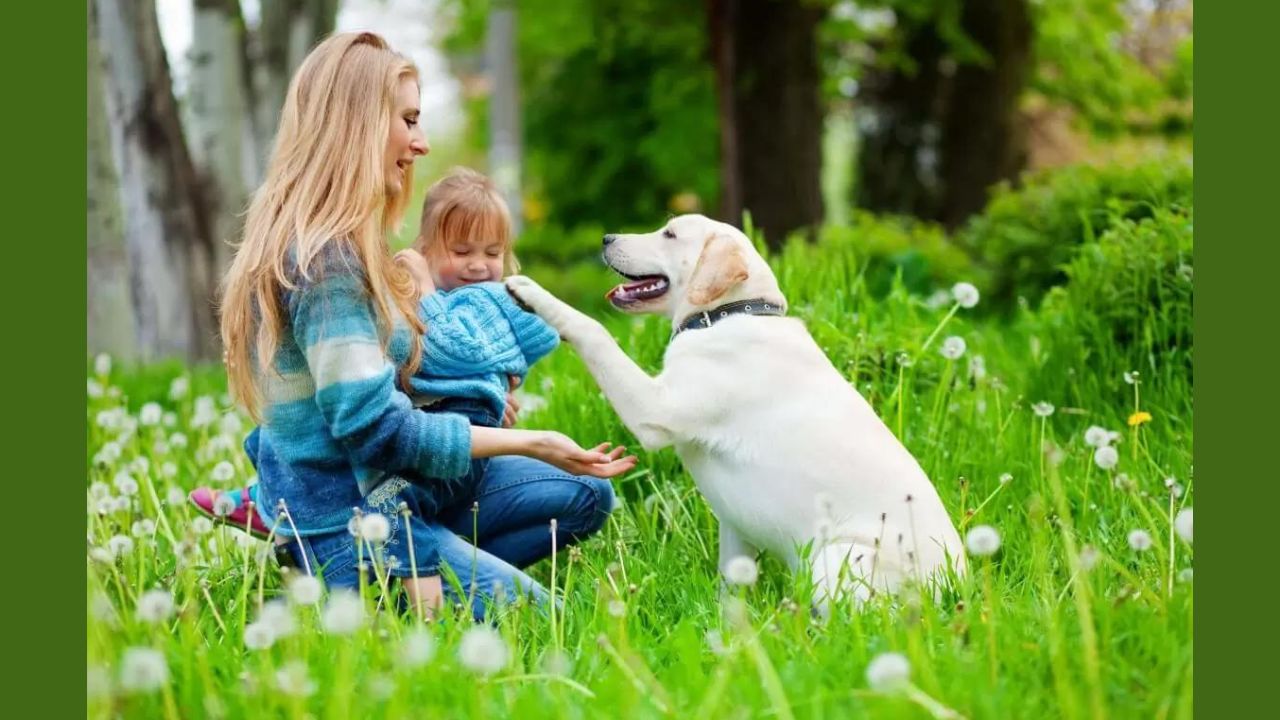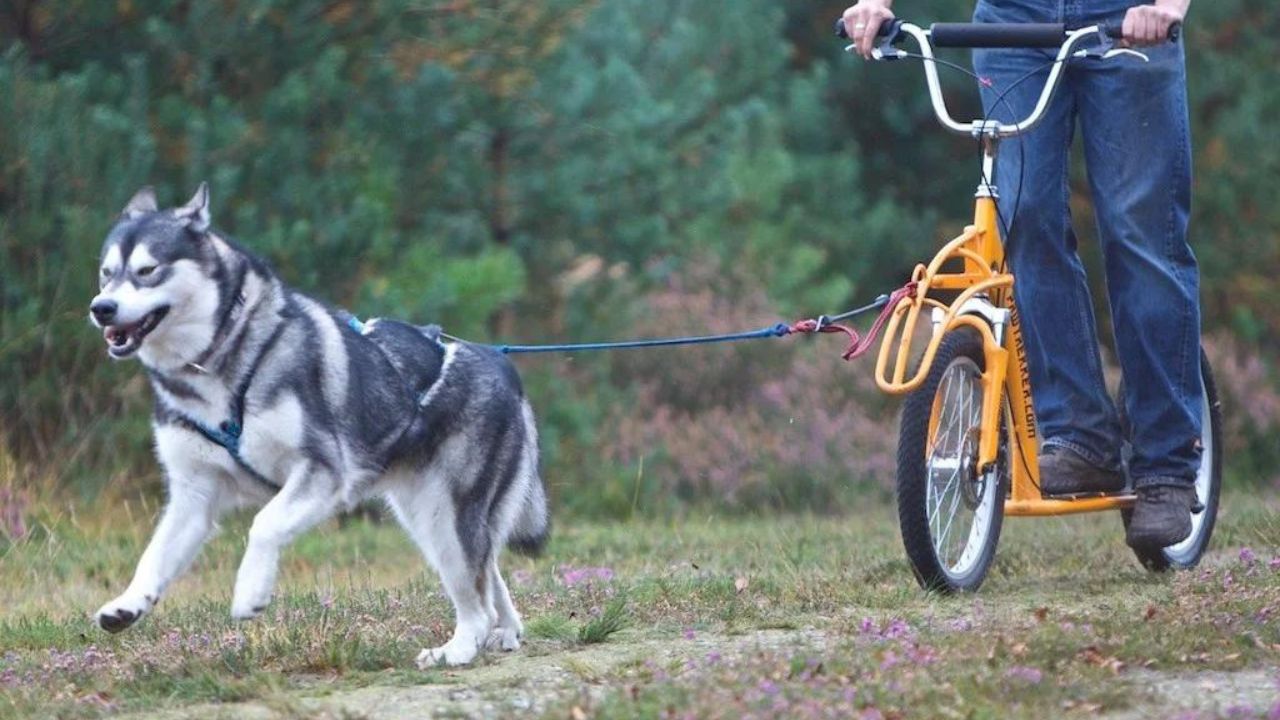Welcoming a husky puppy into your home is an exciting adventure, but it comes with the responsibility of proper training. These intelligent and energetic dogs require a unique approach to ensure they grow into well-behaved companions. In this guide, we’ll explore the essential steps to start training a husky puppy, providing you with the tools to foster a strong bond and instill good behaviour.
Preparing for Training
The journey of training your furry companion is an exciting endeavour, and proper preparation is the key to success. When preparing for training, it’s essential to understand your dog breed’s unique needs and characteristics. Begin by researching specific training methods that align with your pet’s temperament. Gather essential training supplies, including high-quality treats, a comfortable crate, and durable toys.
Create a designated distraction-free training space, allowing for focused and effective sessions. Set realistic goals and timelines, ensuring you progress at a pace that suits you and your furry friend. Establishing a strong foundation through preparation lays the groundwork for a positive training experience, fostering a bond built on trust and cooperation. So, invest time preparing for training, and you’ll find yourself on the path to a well-behaved and happy pet.
Setting a Routine
Setting a routine is fundamental to nurturing a happy and well-adjusted lifestyle, not just for humans but also for our furry companions. Establishing a consistent schedule brings numerous benefits, whether you have a playful pup or a mature dog. Dogs, much like people, thrive on predictability, and a set routine provides them with a sense of security and stability.
When it comes to our canine friends, setting a routine involves regular feeding times, dedicated play sessions, and consistent sleep patterns. This not only aids in effective training but also contributes to better behaviour and overall well-being.
As pack animals, dogs appreciate knowing what to expect daily, creating a harmonious environment that strengthens the bond between you and your four-legged friend. So, embark on the journey of setting a routine for your dog, and watch as it transforms both their life an
Basic Commands: Mastering basic commands is the cornerstone of effective dog training. Whether you’re a new pet owner or a seasoned dog enthusiast, understanding and teaching basic commands is crucial for fostering a harmonious relationship with your furry friend. Basic commands such as sit, stay, and come are not just about obedience; they enhance communication and create a sense of trust between you and your dog.
Begin with short, positive training sessions, using treats and praise as rewards. Consistency is key—reinforce these commands in various settings to ensure your dog’s responsiveness. Establishing a solid foundation with basic commands lays the groundwork for more advanced training, providing a framework for a well-behaved and happy canine companion.
Leash Training: Leash training is crucial for huskies due to their strong pulling instinct. Gradually introduce the leash, rewarding your puppy for walking beside you. Consistent practice will result in a well-behaved walking companion.
Crate Training: Make the crate a cosy and secure place to foster a positive association. Use treats and positive reinforcement when introducing your Husky to the crate, allowing them to view it as a secure retreat.
Addressing Behavioral Challenges

Huskies can be independent and stubborn, so addressing behavioural challenges early on is essential. Use positive reinforcement to discourage unwanted behaviours and provide mental stimulation to keep your puppy engaged.
Socialization Techniques: Expose your husky puppy to various environments, people, and pets. Positive socialization experiences during the early months will contribute to a well-adjusted and friendly adult husky.
Advanced Commands: As your Husky progresses, introduce advanced commands like heel and leave it. Reinforce obedience through continued practice, keeping training sessions enjoyable for you and your puppy.
Exercise and Physical Activities
Huskies have high energy levels, requiring ample exercise. Engage in outdoor activities such as hiking or jogging to meet their physical and mental stimulation needs.
Nutrition and Health: Make sure your Husky is fed a healthy, balanced diet to meet their needs for growth and energy. Preventive care and routine veterinary examinations are essential for preserving their general health.
Grooming Tips: Regularly brush your Husky’s coat to prevent matting and reduce shedding. Associating grooming with affection and treats will help to make it a positive experience.
Building a Strong Bond: Foster a strong bond with your Husky through shared activities and positive interactions. Play games, go for walks, and engage in activities that strengthen your connection with your furry companion.
Conclusion
How to start training a husky puppy, training a husky puppy is a fulfilling journey that requires dedication, patience, and a deep understanding of the breed’s unique characteristics. By starting early, establishing a routine, focusing on socialization, providing ample exercise and mental stimulation, using positive reinforcement, and maintaining patience and consistency, you’ll pave the way for a well-behaved and happy husky companion. Embrace the challenges, cherish the milestones, and enjoy the lifelong bond with your Arctic friend.
FAQ
What To do When You First Get a Husky Puppy?
Having a schedule will help your Husky pup adjust to their new life and become toilet-trained much faster. Set times when the puppy will be fed, walked, and taken outside for potty breaks. Your pup will need three meals daily and to go to the bathroom in the morning, after meals, after naps, and before bedtime.
How Do You Train a Husky Step By Step?
How to start training a husky puppy, to train a Siberian Husky, teach the dog to obey simple phrases like “sit” and “stay.” Be consistent with your commands and reward your dog with treats whenever it understands and obeys correctly. Build up to more complex commands, rewarding your dog for each new skill it learns.
Is a 1 Year Old Husky Still a Puppy?
Your Siberian Husky puppy should be fully grown at fifteen months of age. To make sure your Siberian is at a healthy weight for their body size, please speak with your veterinarian.
Can Husky Puppies Be Left Alone?
You should only have a Husky if you will leave them alone for a short period regularly, as these dogs thrive on human contact and have almost endless energy. In cases where you have no choice, it’s crucial to tire your Husky out beforehand and give them plenty of toys and a safe space where they can relax.
How Big is a 3-Month-Old Husky?
The height of a 3-month-old husky puppy is still 10–12 inches, but its weight has increased dramatically. Male puppies weigh approximately 18–23 pounds at three months, while female huskies weigh approximately 13–20 pounds.

